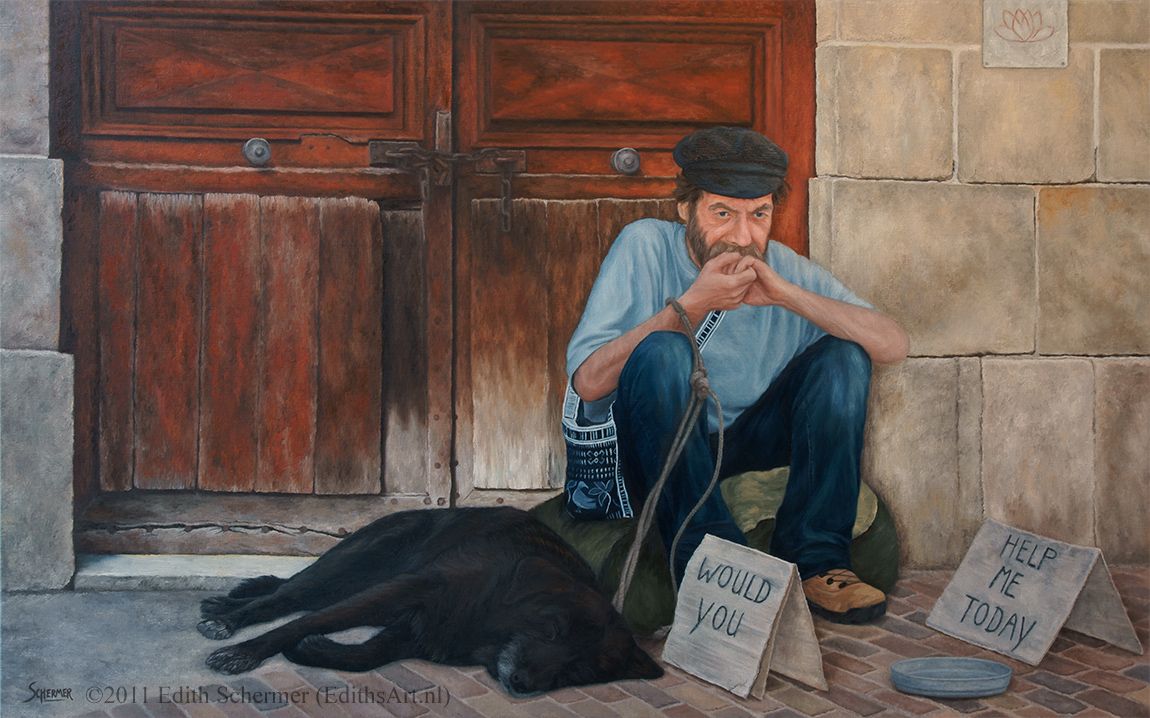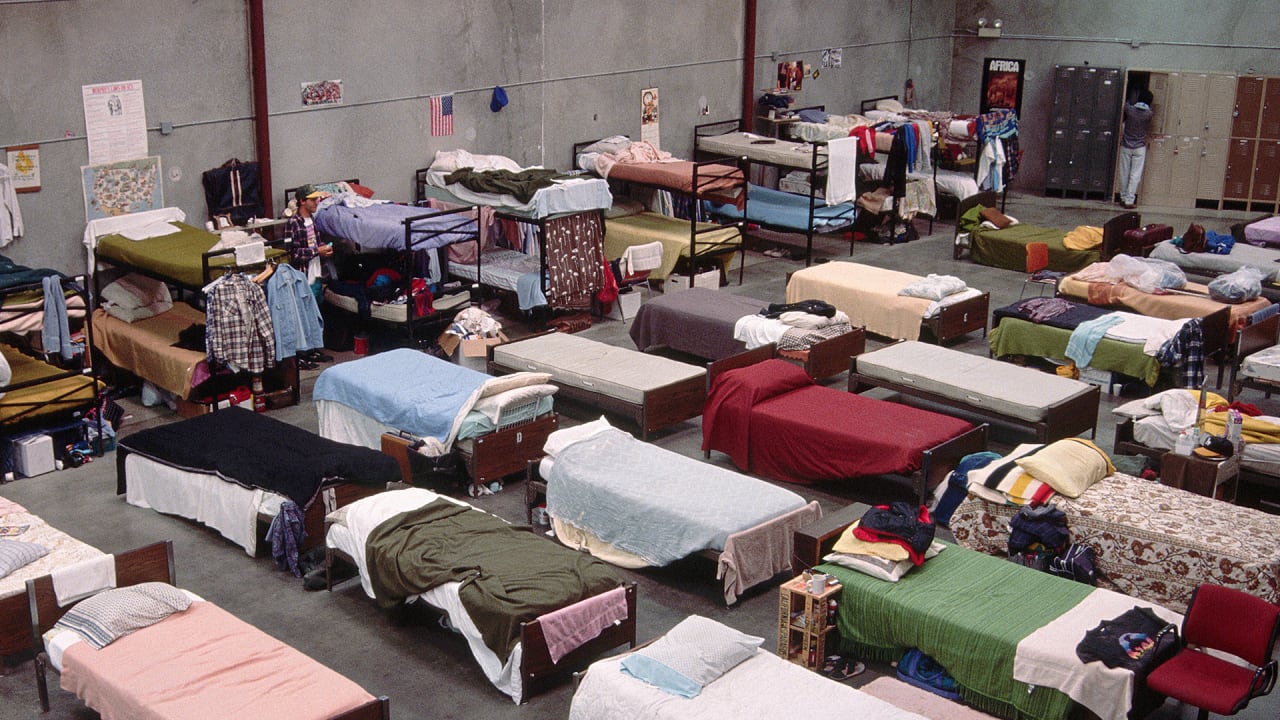When thinking about this week’s readings I was really thinking about pricing and how that affects housing and its people. This article is about rising housing costs in Canada and how that is making the number of people who are homeless increase dramatically. This article states that “one in two homeless people can now be found in rural parts of the eastern province instead of mainly in Montreal as had been the case in the past according to a new report published in September.” Homelessness is spreading to other areas of Quebec and now it is becoming more noticeable and visible to some people. This goes hand in hand with the stat that “Nearly one in four homeless people found themselves on the street after being evicted from housing” that is according to a Quebec government report. Homelessness has increased so much that between 2018 and 2022 the number of them increased by 44 percent and by last year their numbers were 10,000. There is also a racial/cultural element to this “Indigenous people who represent five percent of the Canadian population are particularly over-represented in the streets especially the Inuit. Quebec is not the only place in Canada where homelessness is an issue it is currently spreading across Canada. The government estimates there are around 235,000 homeless who are in the country, however this is only counting people in shelters. We are underestimating the number by a lot. This article relates to what we are talking about in class because it is about the issue of homelessness but also the issue of housing expenses and a little bit about the racial effects on homelessness. In the article “What we learned from the deepest look at homelessness in decades” they talk about the amount of homeless people there are in California, as well as it being an issue of housing costs just like in Canada. In this article they use two framing devices to look at homelessness. One is that homelessness “is the interaction of three things: structural conditions, the thickness of the social safety net and then individual risk factors.” The second one being homelessness is a housing problem and not an amount problem. Part of that problem is the fact that every day a lot of people are at risk of becoming homeless. You can’t just address the current problem or group of people it's affecting; you have to find the root of the problem and try to solve it from there.
Link to Article about Quebec:


Hi Sawyer! I love the perspective you took writing this post; homelessness is a much broader issue than individuals who are visible. It includes undertones of racism and social divides in who is representing the houseless population, economic disparity in the amount of individuals one financial emergency away from losing their shelter or domain, and institutional laws and policies that create and reinforce social hierarchies that discriminate against and problematize those without a traditional home. Examining the issue of individuals being unhoused without looking at these factors is simply not effective.
ReplyDeleteHomelessness is scary. We all hope we will never be in that situation or circumstance but it is an ever growing dilemma and we do not have many workable solutions. There are so many causes, and very few options. WE need to be responsive, sympathetic, and aware and if possible, work toward some solutions.
ReplyDeleteHi Sawyer! I really enjoyed the topic that you chose for the class blog, I found it really interesting, and you do a great job relating it to the article we read in class, What We Learned From the Deepest Look at Homelessness in Decades. What’s interesting about homelessness in Canada versus homelessness in some US states, is the proportion of Indigenous People that are homeless. However, in most cases, racial and ethnic minorities are disproportionality affected by homelessness. I like the fact that you mentioned we can’t just address the current housing problem, but plan ahead because unfortunately, an increasing number of people are becoming homeless. What most governments are concerned about is removing the homeless out of site immediately, not solving the actual problem.
ReplyDeleteA large percentage of homeless take shelter in public spaces. To relate this to a reading we are currently discussing in class, End of Public Space? People’s Park, Definitions of the Public, and Democracy, most city officials want homeless out of site, where they cannot be seen by affluent people, however by doing this, they are not only forcing the homeless to relocate and restart the process of homemaking, but also making it so people cannot see them, therefore they no longer exist. As a result, there is a decreasing amount of activism and support for the homeless.